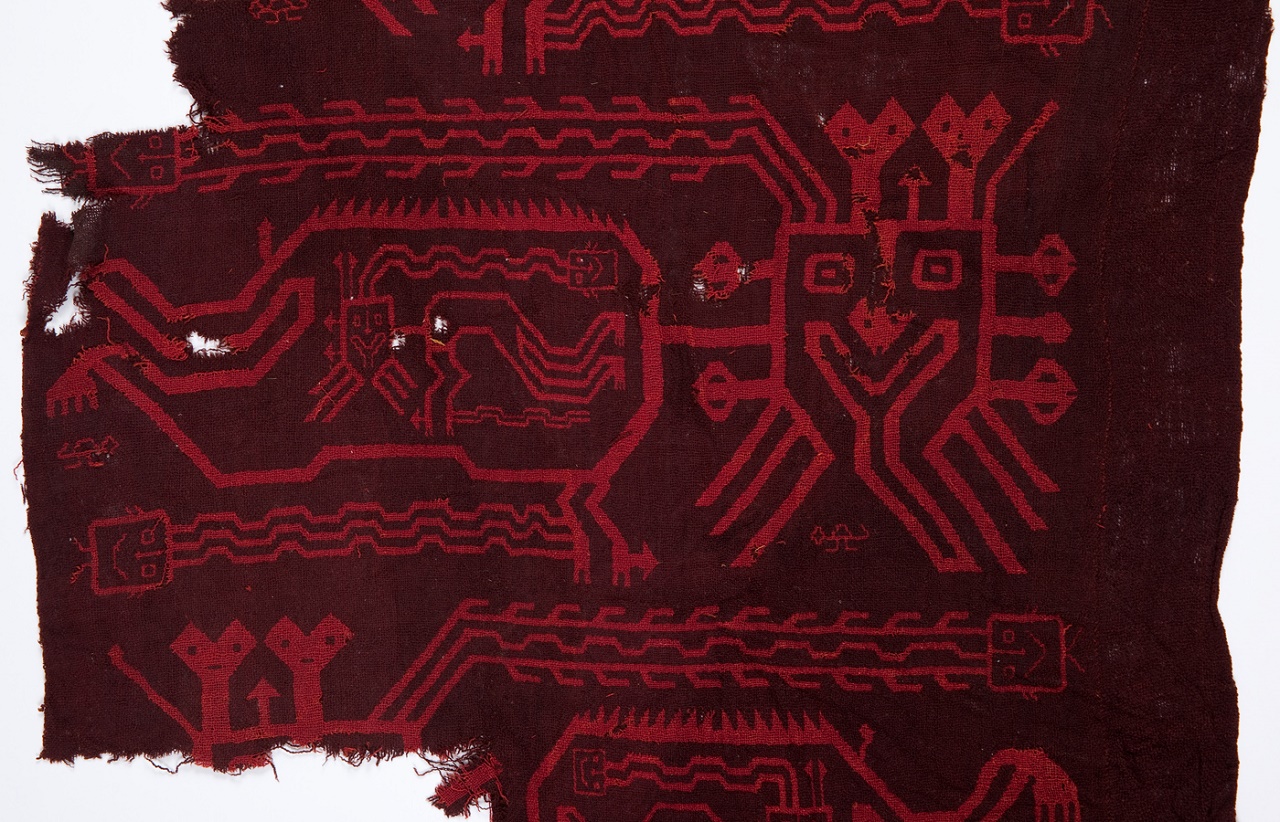
Some select mummies have proven to be a veritable gold mine of information about South America and the eating habits of its population about 2,000 years ago.
By studying the hair of the mummies, researchers from Arizona State University in the U.S has gained insight into what was on the menu for the Wari Kayan people, among whom some were mummified.
It turns out that maize, beans, and seafood were the main ingredients of the diet.
Mummies are extremely well preserved
The mummies were found in the Wari Kayan grave site in Paracas in the southern coastal desert of Peru. They are all naturally mummified by the exceptionally dry climate.
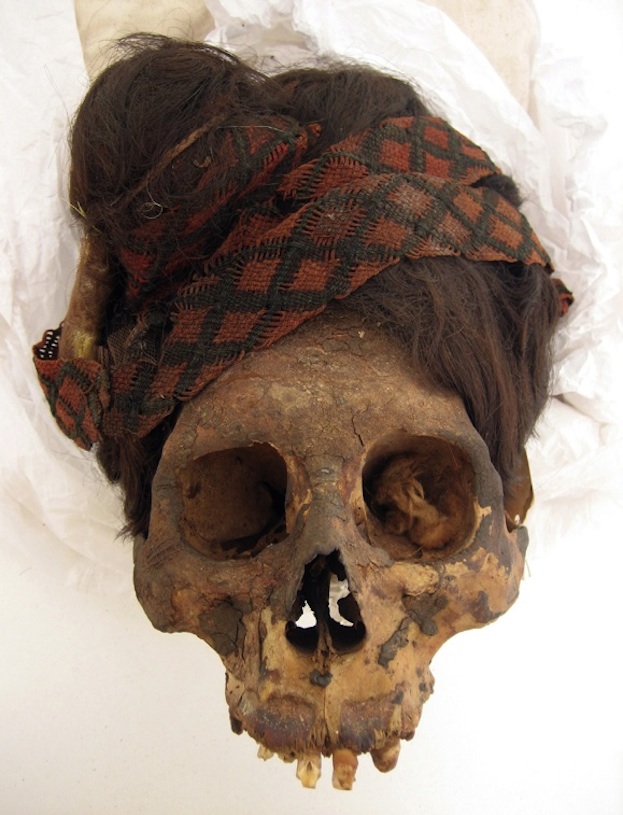
As the hair cells are extremely well preserved, it is possible to use isotope analysis of keratin – a protein that is the main constituent of hair – to figure out what each individual were eating as the hair grew before until their death.
The 14 individuals that the researchers have investigated had, according to analyzes all eaten the same things during his last years of life. Since fish constituted a large part of the daily diet, the researchers believe that the dead Peruvians were settled close to the coast.
This contradicts what archaeologists previously thought of the local inhabitants moving back and forth between the coast and the Andes.
Archaeologists found more than 400 mummies that were buried in separate cone-shaped package at the Wari Kayan-grave site in 1927. The dead were sitting up encased in several layers of woven textiles. So far, 149 mummies has been opened.
_______________
Paleodiet in the Paracas Necropolis of Wari Kayan: carbon and nitrogen isotope analysis of keratin samples from the south coast of Peru
______________________________



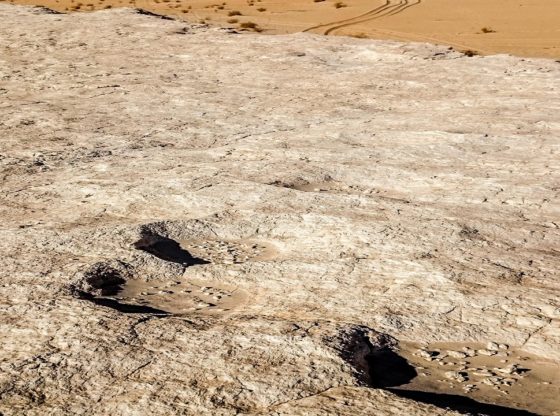
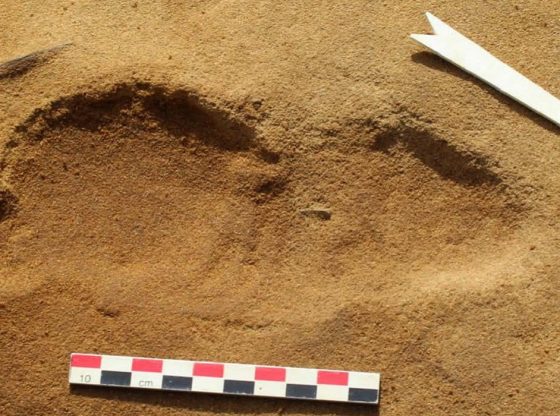
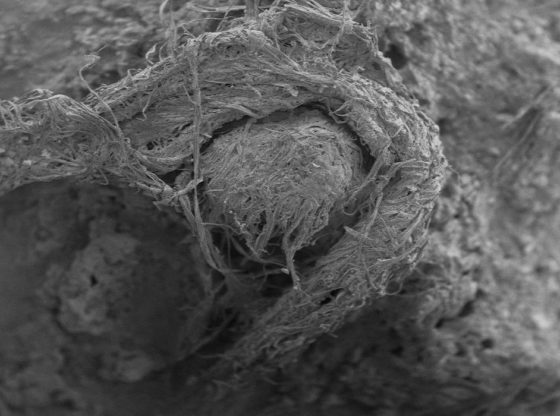
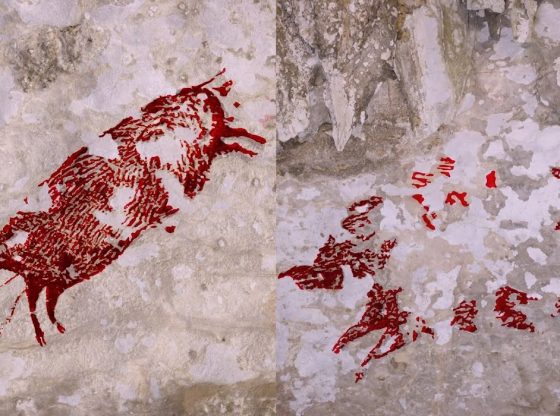
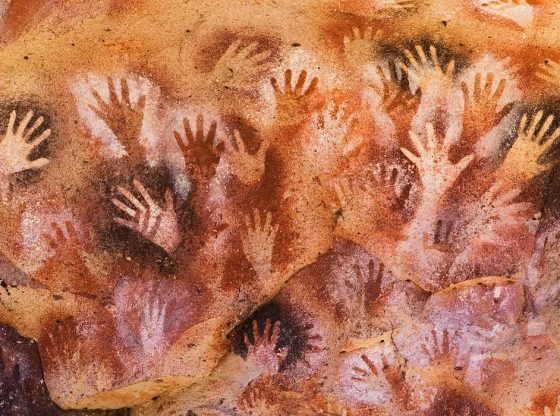
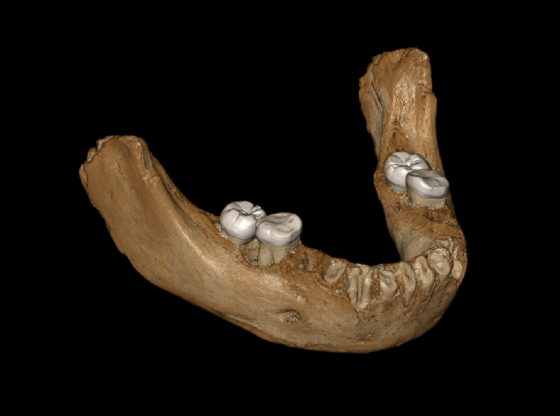
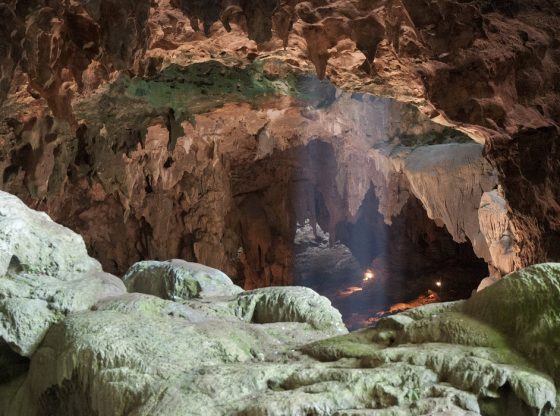
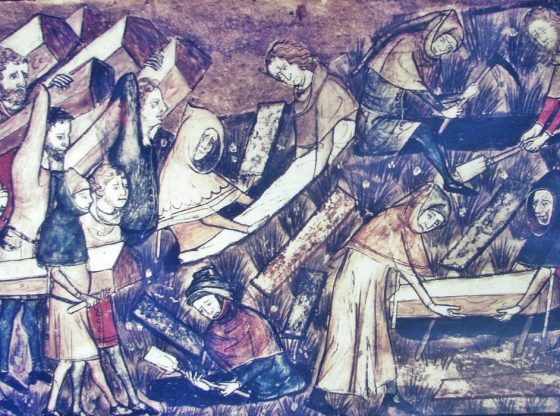
![OpenAI. (2025). ChatGPT [Large language model]. https://chatgpt.com](https://www.illustratedcuriosity.com/files/media/55136/b1b0b614-5b72-486c-901d-ff244549d67a-350x260.webp)
![OpenAI. (2025). ChatGPT [Large language model]. https://chatgpt.com](https://www.illustratedcuriosity.com/files/media/55124/79bc18fa-f616-4951-856f-cc724ad5d497-350x260.webp)
![OpenAI. (2025). ChatGPT [Large language model]. https://chatgpt.com](https://www.illustratedcuriosity.com/files/media/55099/2638a982-b4de-4913-8a1c-1479df352bf3-350x260.webp)








